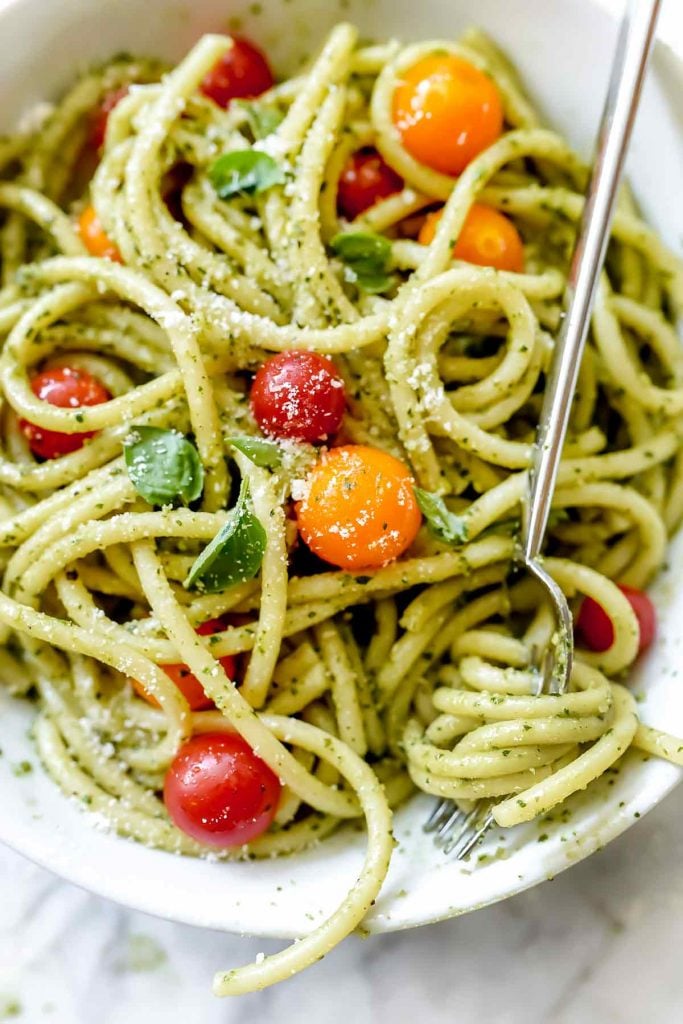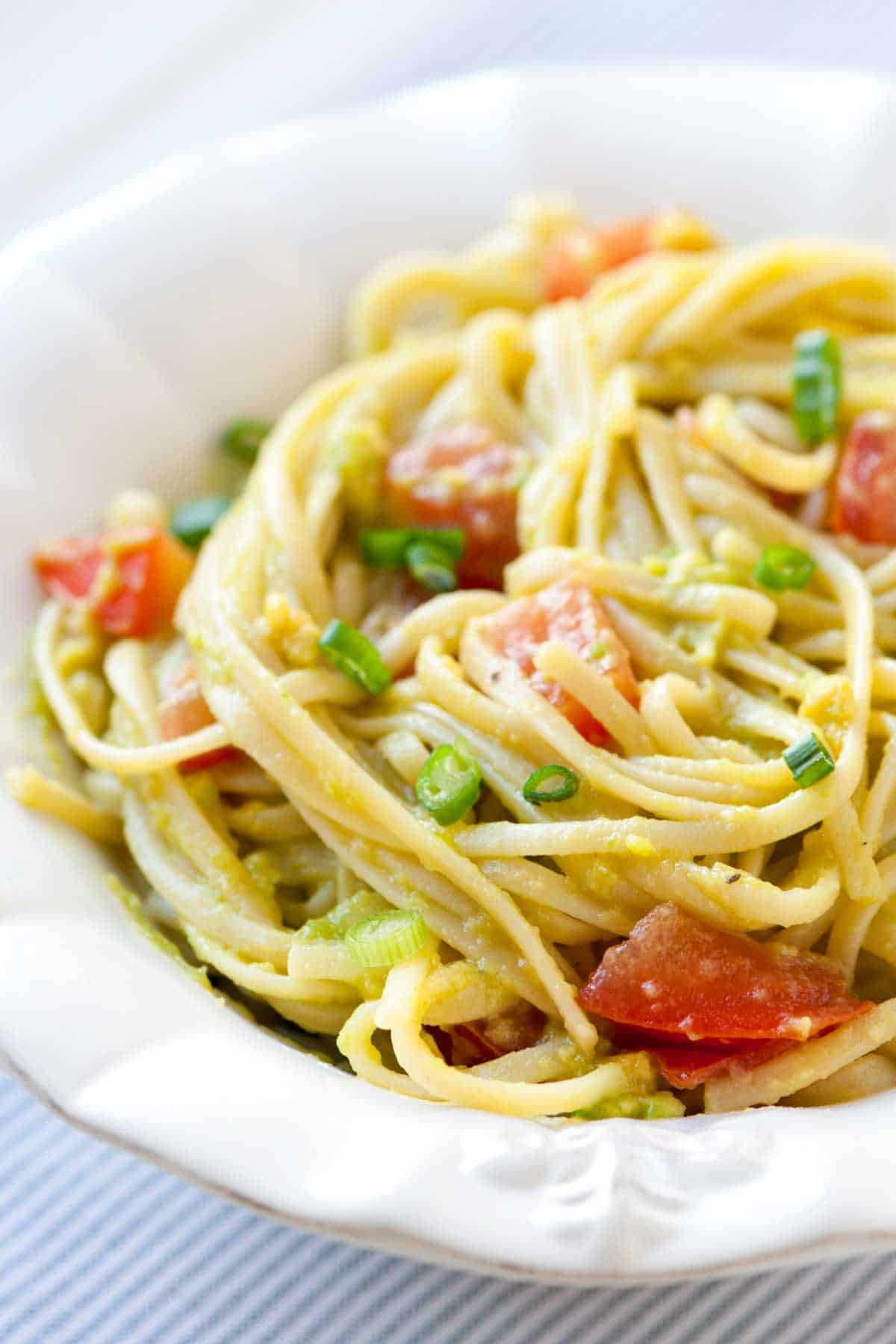How to Make Easy Homemade Italian Pasta: A Beginner's Guide

Imagine the aroma of fresh pasta wafting through your kitchen, the soft dough yielding under your fingers, and the satisfaction of creating a meal from scratch. Making homemade Italian pasta might seem daunting, but with the right guidance, it's as simple as mixing flour and water. This easy homemade Italian pasta recipe for beginners will walk you through every step, from creating the perfect dough to cooking it to al dente perfection. Let's embark on this culinary adventure together!
Why Make Homemade Pasta?
Before we dive into the recipe, let's consider why homemade pasta is worth the effort. Fresh pasta has a texture and flavor that store-bought varieties can't match. It's also incredibly versatile, pairing beautifully with a wide range of sauces and toppings. Plus, there's something deeply satisfying about crafting a meal with your own hands, connecting you to the rich traditions of Italian cuisine.
Ingredients for Easy Homemade Italian Pasta
Making pasta from scratch requires just a few simple ingredients:
- 200g of '00' flour: This finely milled flour is the gold standard for pasta making. It creates a smooth, silky dough that's easy to work with.
- 2 large eggs: Eggs add richness and structure to the dough.
- A pinch of salt: Salt enhances the flavor of the pasta.
- A drizzle of olive oil (optional): Olive oil can add extra flavor and help with the dough's elasticity.
Tools You'll Need
You don't need fancy equipment to make pasta at home. Here's what you'll need:
- A large mixing bowl
- A rolling pin
- A pasta machine (optional, but helpful for achieving thin, even sheets of pasta)
- A sharp knife or pasta cutter
Step-by-Step Guide to Making Homemade Pasta Dough
Creating the Dough
Start with a mound of flour: Pour your flour onto a clean work surface and create a well in the center. This will be your "volcano" where the magic happens.
Add the eggs: Crack your eggs into the well. Add a pinch of salt and a drizzle of olive oil if you're using it.
Mix it up: Using a fork, gently beat the eggs and gradually incorporate the flour from the sides of the well. Once the mixture becomes too thick to stir, use your hands to knead the dough.
Knead the dough: Knead the dough for about 10 minutes until it becomes smooth and elastic. If the dough is too sticky, add a bit more flour. If it's too dry, add a teaspoon of water.
Let it rest: Wrap the dough in plastic wrap and let it rest for at least 30 minutes. This allows the gluten to relax, making the dough easier to roll out.
Rolling and Cutting the Pasta
Divide the dough: Cut the dough into four equal pieces. This makes it easier to work with.
Roll out the dough: Using a rolling pin or pasta machine, roll out each piece of dough until it's thin and even. If using a pasta machine, start with the widest setting and gradually decrease the thickness.
Cut the pasta: Once the dough is rolled out, you can cut it into your desired shape. For simple shapes like fettuccine or tagliatelle, fold the dough loosely and cut it into strips with a sharp knife or pasta cutter.

Cooking the Pasta
Boil the water: Bring a large pot of salted water to a boil. The water should taste like the sea to ensure your pasta is well-seasoned.
Cook the pasta: Add the fresh pasta to the boiling water. Fresh pasta cooks much faster than dried pasta, so keep an eye on it. It should take about 2-3 minutes to reach al dente perfection.
Drain and serve: Drain the pasta, reserving some pasta water for your sauce if needed. Serve immediately with your favorite sauce and toppings.
Tips for Perfect Homemade Pasta
- Use the right flour: '00' flour is ideal for pasta making, but all-purpose flour can work in a pinch.
- Don't overwork the dough: Over-kneading can make the dough tough. Knead just until it's smooth and elastic.
- Let the dough rest: Resting the dough allows the gluten to relax, making it easier to roll out.
- Cook pasta in plenty of water: This prevents the pasta from sticking together and ensures even cooking.
Conclusion
Making easy homemade Italian pasta is a rewarding experience that connects you to the heart of Italian cuisine. With just a few simple ingredients and some patience, you can create a delicious meal that's sure to impress. So, why not give it a try? Your taste buds (and your dinner guests) will thank you!
FAQs
Can I make pasta without a pasta machine? Yes, you can! A rolling pin works just as well for rolling out the dough. It might take a bit more elbow grease, but the results are just as delicious.
How long does fresh pasta last? Fresh pasta can be stored in the refrigerator for up to 3 days. You can also freeze it for up to 3 months.
Can I use different types of flour for pasta? While '00' flour is ideal, you can use all-purpose flour or even whole wheat flour. Keep in mind that different flours will yield different textures and flavors.
How do I know when the pasta is cooked? Fresh pasta cooks quickly, usually in 2-3 minutes. Taste a piece to check for doneness. It should be slightly firm to the bite (al dente).
What sauces pair well with homemade pasta? Homemade pasta pairs beautifully with a wide range of sauces, from simple butter and herb sauces to hearty meat ragus. Experiment with different combinations to find your favorite!

With this easy homemade Italian pasta recipe for beginners, you're well on your way to becoming a pasta pro. Buon appetito!
0 Response to "How to Make Easy Homemade Italian Pasta: A Beginner's Guide"
Post a Comment